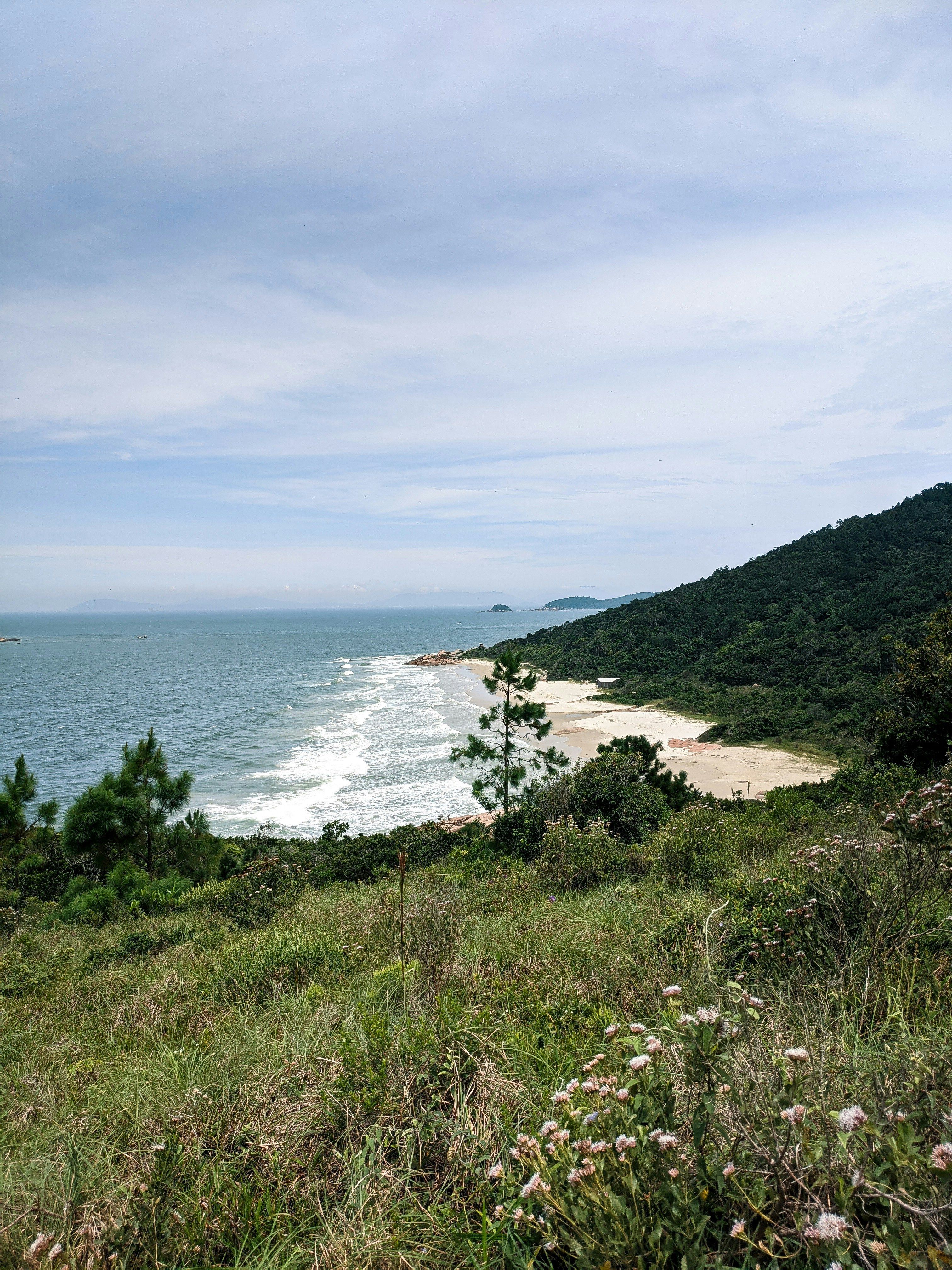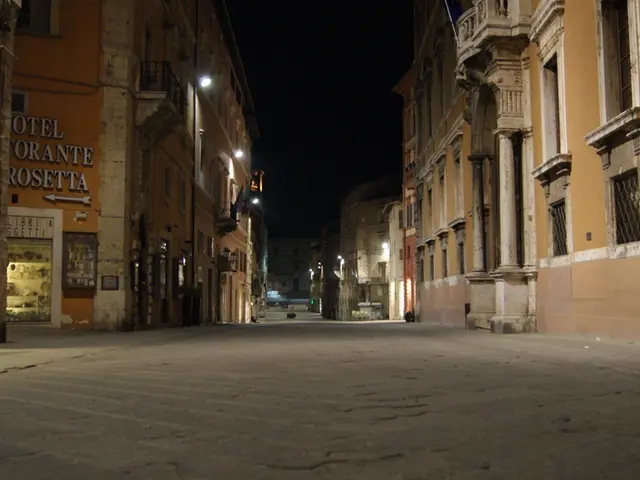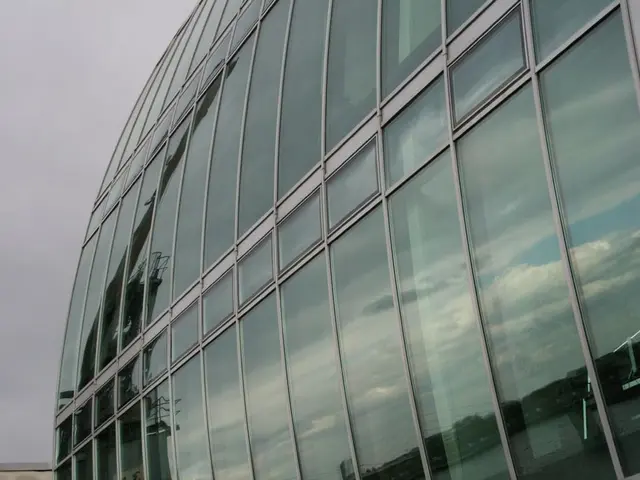EU Weans off Russian Gas
By Dieter Kuckelkorn
EU's Already Tenuous Natural Gas Provision Faces Further Instability
The European Union (EU) continues to lean on Russian natural gas, with approximately 18% of its total consumption coming from the Eastern powerhouse, according to recent data. A significant chunk, around 4.5%, of this gas travels through pipelines via Ukraine, but this may soon change. The Ukrainian government has declared its refusal to renew the contract with Gazprom when it expires on December 31 this year.
Now What?
News of the impending contract expiration presents a valuable opportunity for the EU to loosen its reliance on Russia and explore alternative sources of natural gas. If the contract indeed expires and gazprom-Ukraine pipeline ceases operation, the EU must brace itself for a shift in gas supply dynamics.
A Wave of Changes
The pipeline, historicexport route of Russian gas to Europe, ceased operations in 2024 following the expiration of the agreement between Gazprom and Ukraine's Naftogaz. Countries like Slovakia, the Czech Republic, and Austria were major beneficiaries of this pipeline.
Russian Reliance
Although the EU has significantly reduced its dependency on Russian gas since the war and the end of transit agreements, Russian gas still accounts for about 13% of EU imports even after the transit ended through Ukraine in 2025. This underscores the lingering dependence of the EU on Russian resources.
Facing the Challenge
The EU has managed to navigate the challenge thanks to coordinated efforts to diversify supply and phase out Russian gas. The diversification has helped curb the impact on overall price stability across the EU, although individual states may still encounter difficulties depending on their initial level of dependency.
Political and Economic Implications
The cessation of gas transit through Ukraine reduces Russia’s leverage to employ energy as a geopolitical tool and shaves off a revenue source funding Russia's activities in the war against Ukraine. The EU intends to reduce its dependence on Russian fossil fuels by banning Russian gas imports under new contracts by the end of 2025 and phasing out long-term contracts by 2027.
Alternatives Galore
In response to the evolving situation, the EU is focusing on diversifying its gas imports. Liquefied natural gas (LNG) imports from other global suppliers are on the rise, providing a potential lifeline for several EU member states.
Challenges persist in phasing out pipeline gas, particularly Russian pipeline gas, due to existing infrastructure and dependencies. The EU's REPowerEU plan aims to rid itself of Russian fossil fuel dependencies by 2027 through energy savings, boosting renewables, and accelerated diversification of supply sources.
Pipeline Alternatives
Norway, Algeria, Azerbaijan (via the Southern Gas Corridor), and North Africa are key pipeline alternatives. Increased imports from these regions and enhanced interconnections within the EU will help spread risks and bolster supply security.
In a Nutshell
The end of the Gazprom-Ukraine gas transit contract will cause major shifts in the supply of Russian gas to the EU. The EU hopes to mitigate the impact by promoting diversified LNG imports, alternative pipeline sources, and accelerated clean energy policies. These concerted efforts have already helped minimize supply disruptions and price shocks while politically isolating Russia's energy influence in Europe.
- To lessen its dependence on Russian gas, the European Union (EU) might consider investing more in importing liquefied natural gas (LNG) from global suppliers as an alternative.
- With the historic export route of Russian gas to Europe ceasing operations in 2024, the EU could look towards increasing imports from countries like Norway, Algeria, Azerbaijan, and North Africa to ensure supply security.
- Apart from focusing on diversifying gas imports, the EU's REPowerEU plan also envisions phasing out Russian fossil fuel dependencies by boosting renewable energy sources and increasing energy efficiency, with the goal of achieving this by 2027.








